Artificial womb: Dream or nightmare?
Within a few years, it will be possible for premature babies to further develop in an artificial womb, says gynecologist Guid Oei. And so, the question during last Friday’s symposium organized by the TU/e Center for Humans & Technology in cooperation with Next Nature Network wasn’t ‘can we do this?’ but ‘should we want this?’ An ethicist, a journalist, and a designer also put forward their views on these much discusses wombs.
There are five large red balloons in the Blauwe Zaal. They were designed by Hendrik-Jan Grievink in close cooperation with a team of gynecologist headed by Guid Oei. These works of art are not supposed to support critically premature babies. But it almost seems plausible, with their lifelike umbilical cord attachments, supply of artificial amniotic fluids, and the electronic device for monitoring internal and external heart rate of mother and fetus. But for now, these spheres are here to attract attention. Let’s start the discussion, Oei and Grievink say.
Larissa Pans, journalist and author of the book ‘Onbeperkt vruchtbaar’ (Unlimited fertility) could not agree more. She talks about the unforeseen consequences of IVF treatments that deeply impacted the world since the seventies. “To me, the current international fertility industry is a spin-off of the discovery of IVF.”
The first IVF baby, Louise Brown, was born in Bristol in 1978. As part of research for her book, Pans talked to gynecologists Bert Alberda and Gerard Zeilmaker who were attempting fertilization outside of the body at the Dijkzicht hospital in Rotterdam at the same time. Two years after Louise Brown was born, they were given permission to replace an embryo in a fertilized egg. The first Dutch IVF baby was born in 1983. Today, there are eight million IVF babies worldwide.
Tupperware
“Besides a fertility industry, I see fertility tourism,” Pans says. “In America, people even have egg-freezing parties. There’s trade in eggs and sperm. Each country has its own laws and rules. Dutch women fly to Cyprus or Spain for an anonymous egg cell. Is motherhood a right you can claim?”
Pans talks about her own eye-opener. “I understood the feminist point of view that women should have power over their own fertility. But I spoke to a woman who is one of triplets from an anonymous donor. She is angry and suffers emotionally because she found out she comes from a sperm cocktail of different men. There are losers as well: children with questions about their identity.”
Guid Oei is a gynecologist at the Máxima Medical Center and saves premature babies. He talks about the problems they suffer from (breathing causes alveolar damage) and the societal concerns (high medical costs and only fifty percent of survival). It is his dream to be able to use artificial wombs one day, “not in a lab, but in a birthing suite.” Oei excepts that this will be possible in the near future. “In Japan, an artificial transparent womb was used to successfully incubate a lamb for weeks.”
Questions, questions, questions
“Isn’t a lamb in a plastic bag a nightmare?” asks discussion leader Koert van Mensvoort. And the audience has more questions. “With this technique, a child is born twice. What will be its birthday? Does the baby connect to the mother emotionally? What are the psychological effects on the mother? Does the child suffer from physical consequences? What about the mother’s milk production? How does it relate to adoption?” Oei doesn’t have the answers yet. “We need a follow up,” he says, “but this is a better solution than an incubator.”
Sylvia Kars records the questions in her notebook. She is a spokeswoman for Freya, an organization that assists parents with fertility problems. “I find the possibility of an artificial womb mighty interesting. I expected something out of a science fiction movie, but this made me realize that it can serve as a solution to premature birth at this point. That makes it less bizarre. And we need to talk about technical possibilities. There’s no getting around that.”
Abortion
When Lily Frank of the Philosophy and ethics group of IE&IS takes the floor, the questions become more complex. She wonders whether ectogenesis (growth of a fetus outside the body) will put an end to the abortion debate. This leads to other questions, from Frank herself and the audience. Does a fetus have a right to live? Is ending the life of a fetus in an artificial womb the same thing as abortion? Who decides? The mother, the father, or the doctor? Do the parents own the fetus and do they have the right to terminate it? Does a woman have the right not to become the legal mother?
The afternoon started out with a dream about artificial wombs in the future but ended with contracts for mothers who prefer to give their child instead of keeping it. Koert van Mensvoort ends with the question whether the speakers learned something today. All of them have a more nuanced view than at the start of the symposium. The message is clear, according to Van Mensvoort: “Don’t be naïve about the negative side effects. Discuss! And do so before theory becomes practice, not after, as in the case of IVF.”
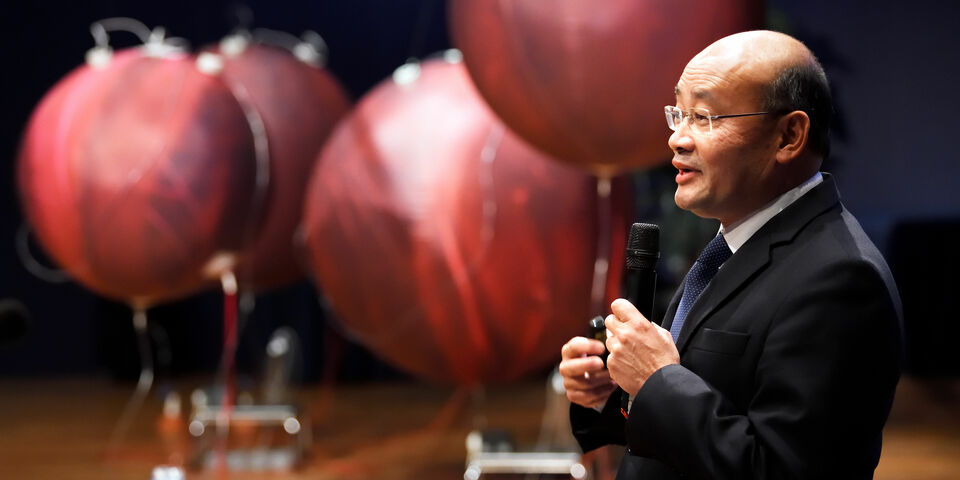

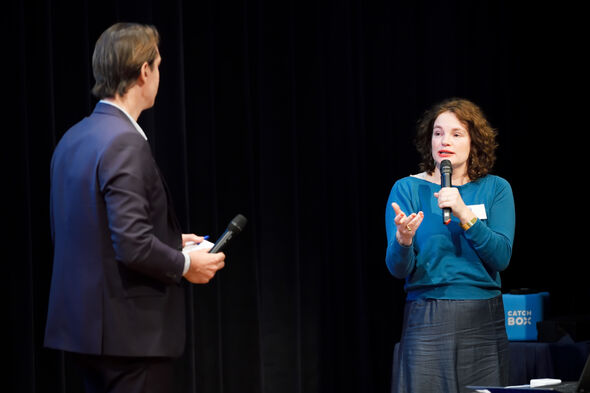
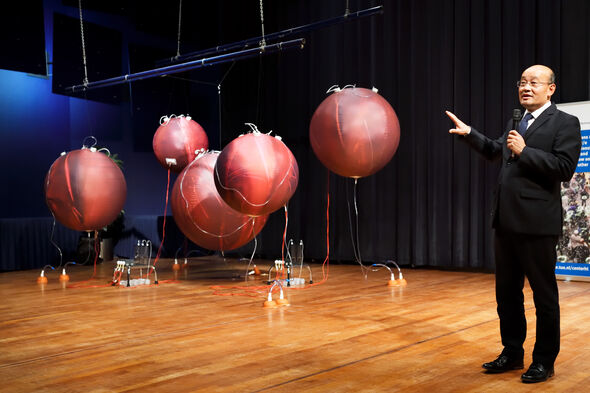
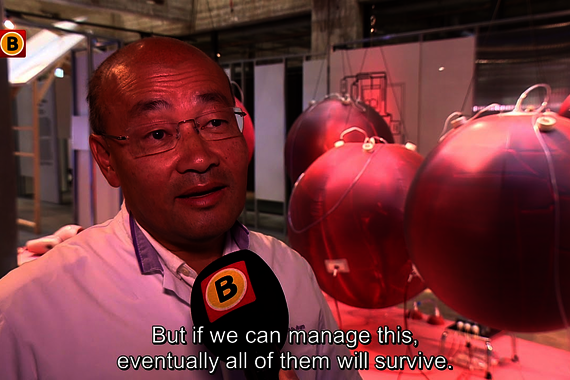
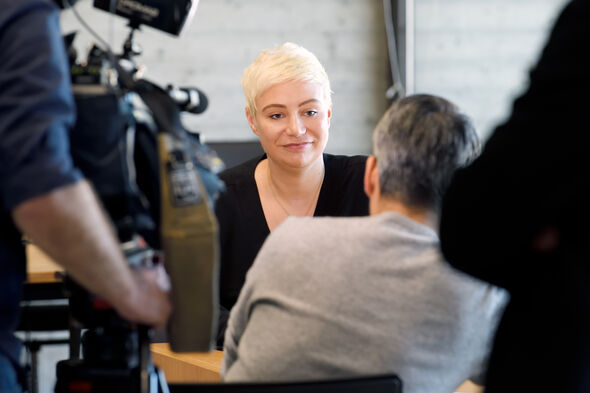
Discussion